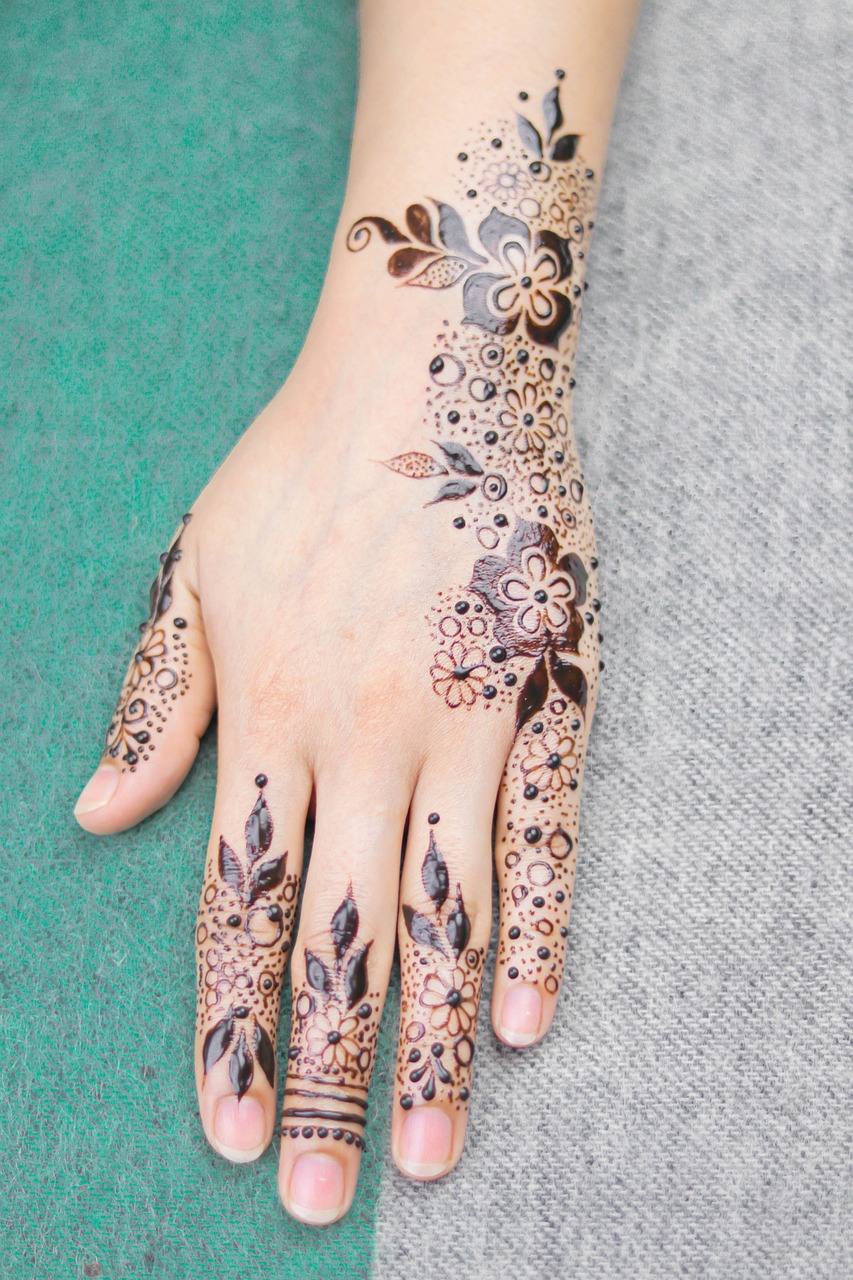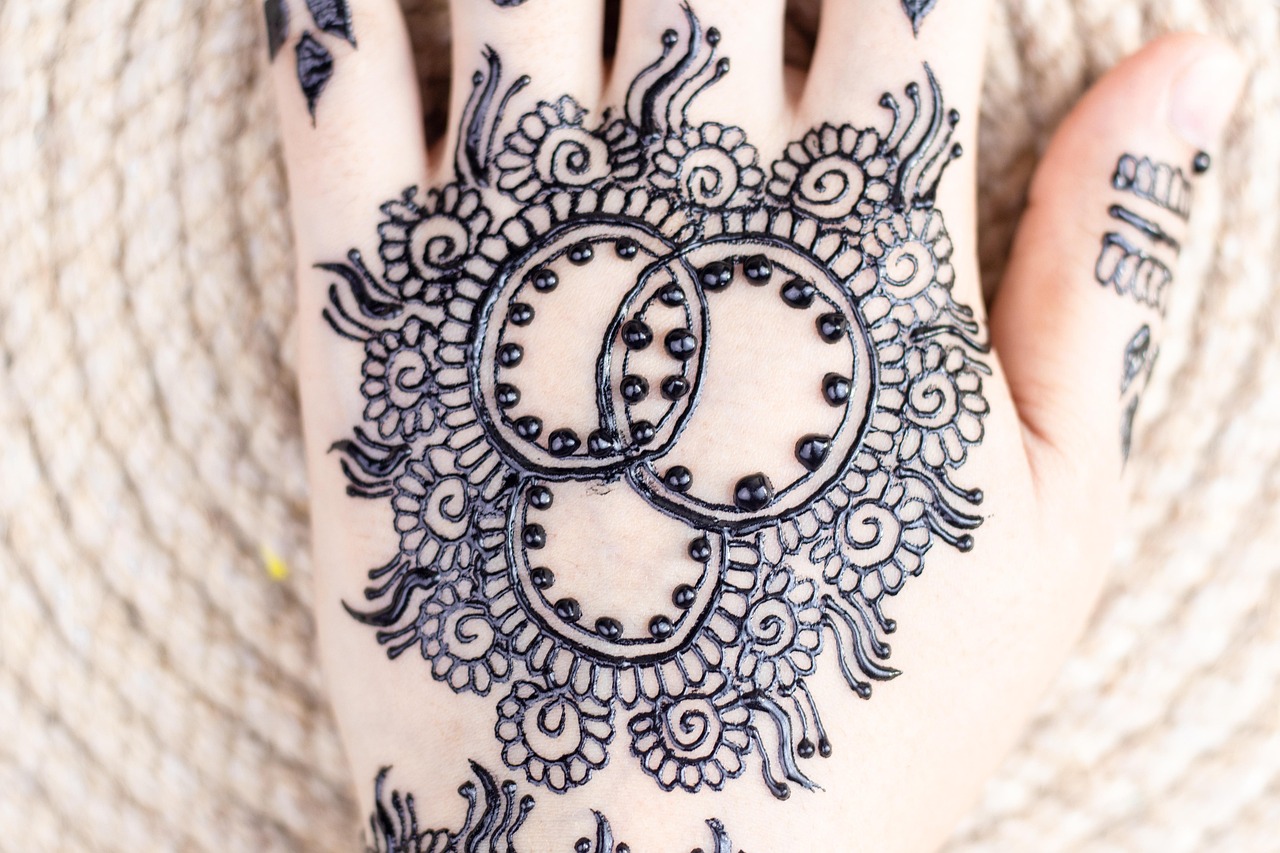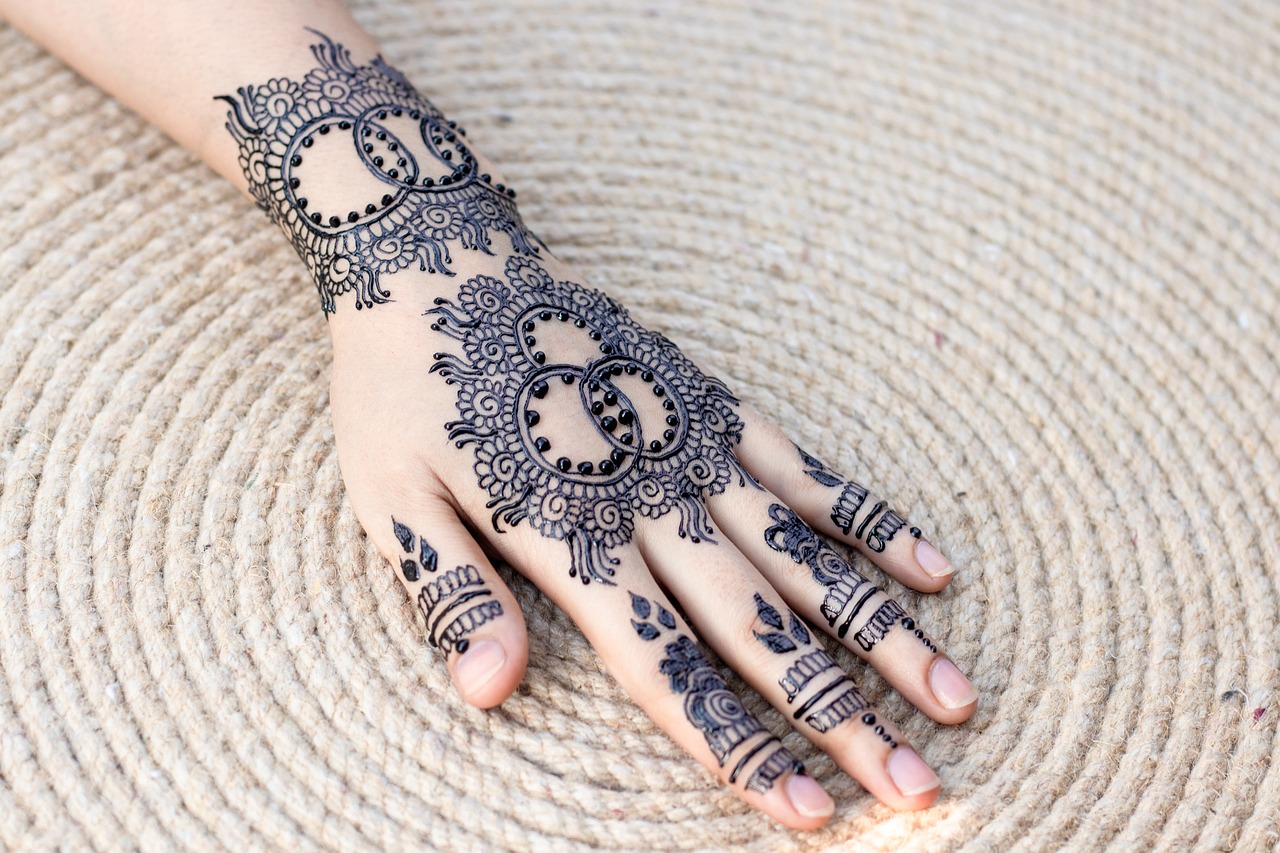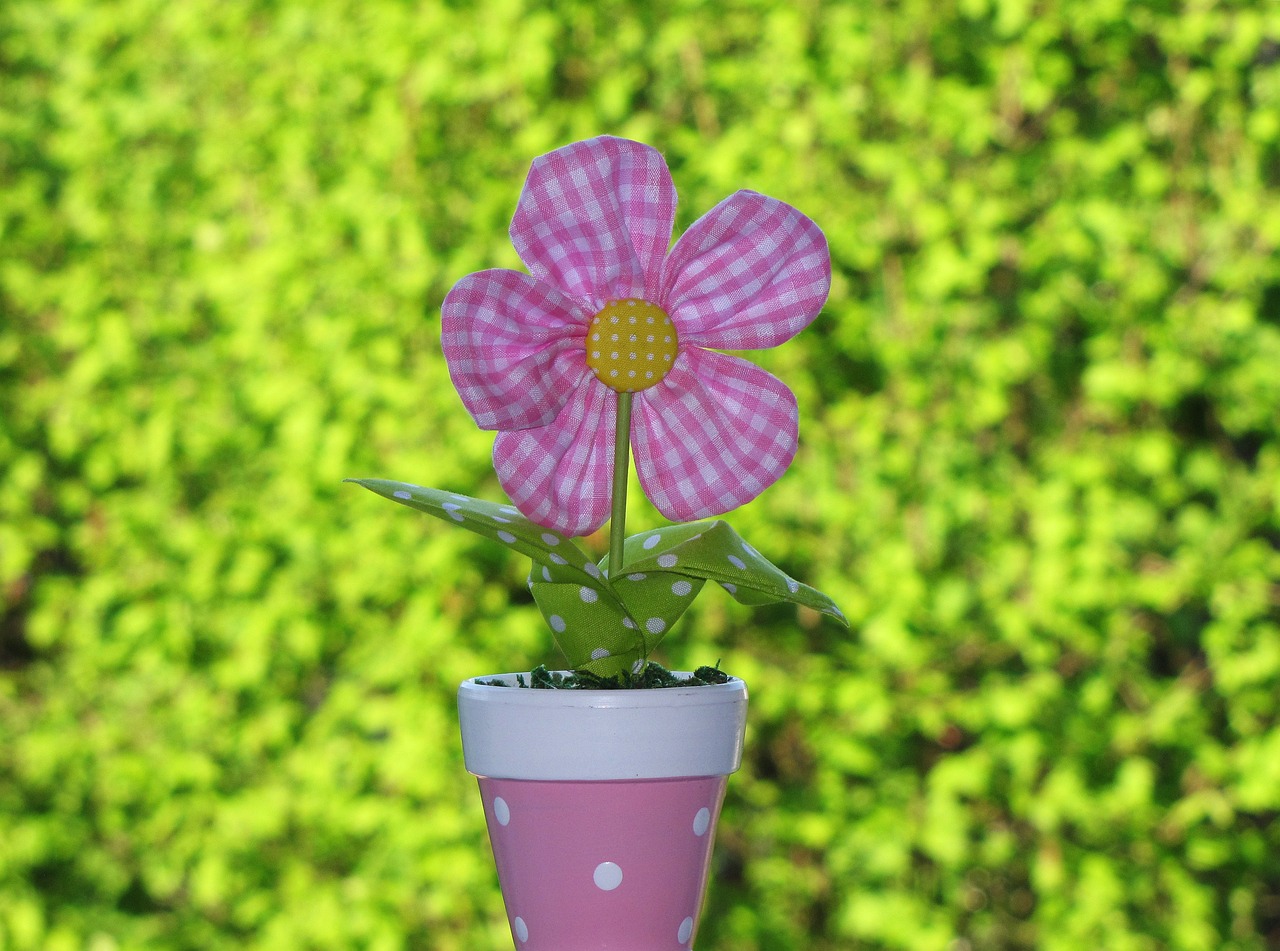Elegant and Intricate Heavy Mehndi Designs: A Timeless Art Form
Mehndi, also known as henna, has been a celebrated part of cultural traditions across South Asia, the Middle East, and beyond. Among its various styles, heavy mehndi design stands out as the epitome of beauty and intricate craftsmanship. Whether it’s for a wedding, festival, or celebration, these elaborate designs instantly elevate your look, making you the center of attention.
In this article, we’ll explore the key aspects of heavy mehndi designs, answer common questions, and share useful tips to help you embrace this stunning art form for your special occasions.
The Essence of Heavy Mehndi Designs
Heavy mehndi designs are characterized by their intricate patterns, dense coverage, and rich detailing. These designs often emphasize motifs like florals, paisleys, and mandalas that blend seamlessly into one another. The density and complexity make them perfect for special ceremonies like weddings, engagements, or festivals.
Unlike minimalistic styles, heavy mehndi is associated with grandeur. The designs cover a significant portion of your hands, arms, and even feet, creating a spectacular visual impact.
What Makes Heavy Mehndi Design Unique?
Heavy mehndi is distinctive because of its detailed artistry. Each design is a masterpiece, requiring patience and expertise. The sheer intricacy of these patterns reflects elegance, making them perfect for intricate bridal looks or traditional festivities.
Fast Fact: Mehndi’s Global Popularity
According to Encyclopedia Britannica, henna has a history dating back over 5,000 years and is now used globally for its aesthetic and cultural significance.
Heavy Mehndi for Different Occasions
The versatility of heavy mehndi designs allows them to complement a range of events and outfits. From intricate bridal styles to festive creations, thereâs a variation for every moment.
How to Choose the Right Heavy Mehndi Design for Your Event?
When selecting a heavy mehndi design, itâs crucial to consider the occasion. Bridal mehndi often features traditional motifs like peacocks or dhol patterns, while festive designs may incorporate modern elements like shaded aesthetics or intricate arabesques. Discuss your options with an experienced mehndi artist to achieve the perfect look.
Case Study: A Brideâs Custom Mehndi Design
At a recent Indian wedding, the bride opted for a custom heavy mehndi design that incorporated her and her fiancé’s initials as part of the intricate patterns. This personal touch added sentimental value, showcasing how versatile and personalized heavy mehndi can be.
Pro Tips for Long-Lasting Heavy Mehndi Designs
Achieving a beautiful heavy mehndi design goes beyond application; proper aftercare ensures vibrant, long-lasting results. Here are some tips to make the most out of your mehndi design.
What Are the Best Practices for Mehndi Aftercare?
After the application of heavy mehndi, avoid washing your hands for 12-24 hours to allow the pigment to deepen. Applying a mixture of lemon juice and sugar can help enhance the color. Additionally, keep your hands warm to maximize dye penetration.
Expert Tip for Stunning Results
Renowned mehndi artist Veena Nagda advises, “Natural henna always works best. Avoid using chemical-laden products for deeper stains and prioritize organic henna for both skin safety and vibrant results.”
Conclusion: Adorn Yourself with Heavy Mehndi Designs
The allure of heavy mehndi design lies in its craftsmanship, cultural significance, and versatility. Whether youâre preparing for a wedding or celebrating a festival, these intricate designs add a magical touch to your overall look.
Want to transform your next event with a stunning heavy mehndi design? Explore our expert tips, get inspired by traditional motifs, and find a skilled artist near you. Subscribe to our newsletter for more lifestyle and beauty tips, and share this article with friends to spread the art of mehndi!



